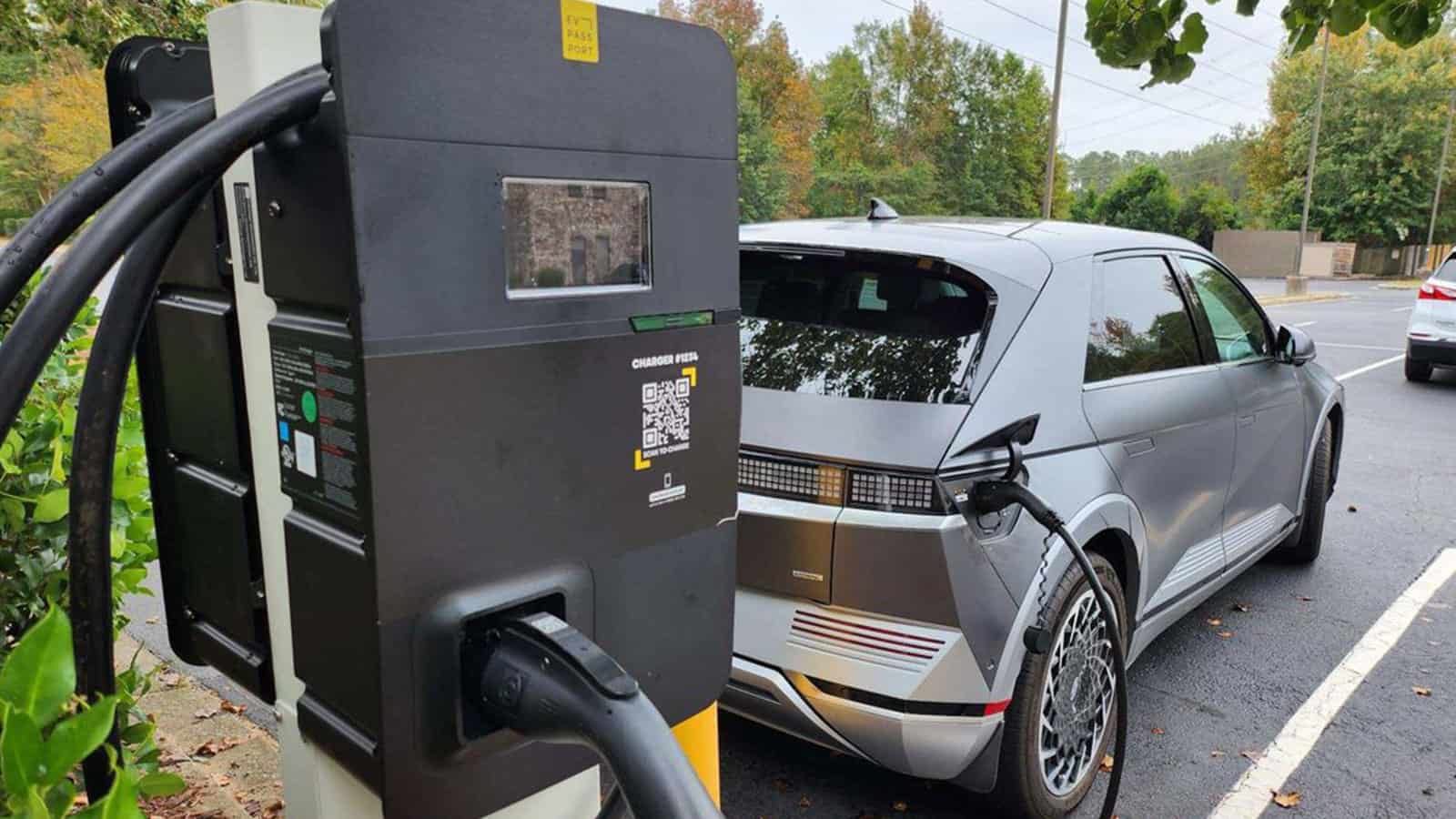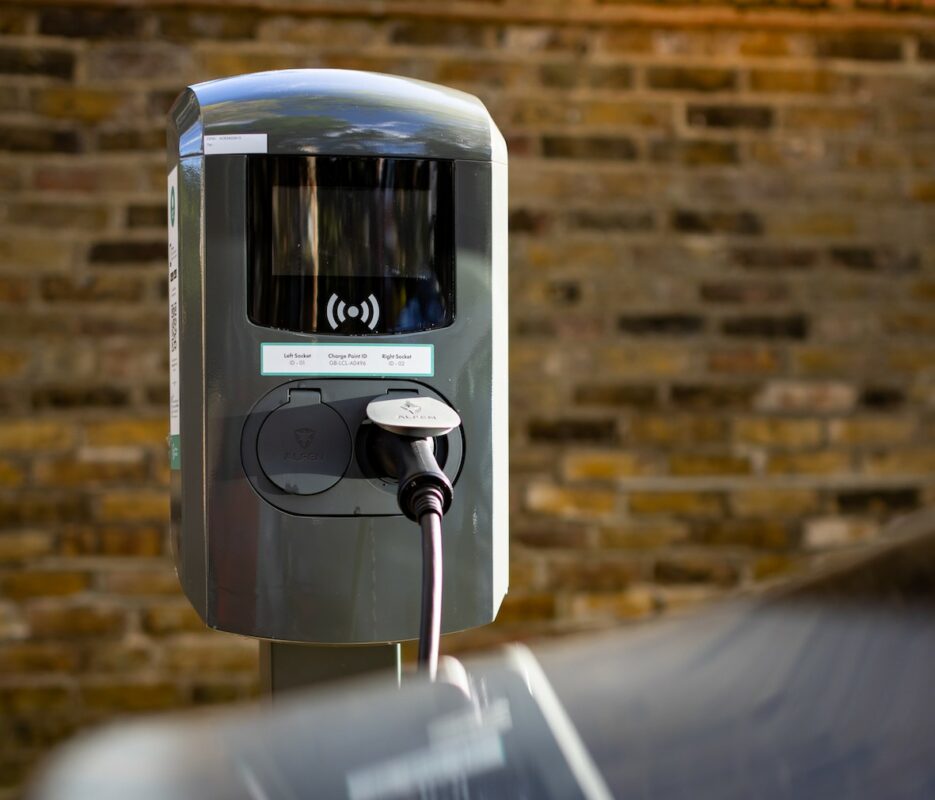What’s Driving the Growth of EV Infrastructure? Buy EV Charging news for Key Updates
What’s Driving the Growth of EV Infrastructure? Buy EV Charging news for Key Updates
Blog Article
New Dope in EV Charging: How the Market Is Advancing to Fulfill Demand
As the electrical car (EV) market proceeds to increase, the billing infrastructure is going through significant makeovers to address the surging demand. The implications of these innovations raise vital questions about the future of EV charging and its role in the more comprehensive energy community.
Growth of Charging Facilities
The fast expansion of electrical vehicle (EV) charging facilities is a critical element in assisting in the prevalent fostering of electric wheelchair. As governments, exclusive companies, and customers significantly identify the relevance of lowering carbon exhausts, investments accountable networks have surged. This infrastructure development is vital to alleviate array stress and anxiety, making certain that EV individuals have convenient accessibility to charging terminals.
Significant developments in charging station innovation and implementation methods have emerged. Urban areas are seeing a proliferation of public billing stations, while country regions are slowly being incorporated into the charging network. Partnerships between automobile manufacturers and charging service providers are becoming extra typical, facilitating the facility of detailed networks that boost customer experience and access.
In addition, the integration of renewable energy resources right into charging terminals is acquiring energy, advertising sustainability in the EV ecological community. This transition not just supports ecological objectives however also aligns with the increasing need for eco-friendly power solutions amongst consumers.
Ultra-Fast Charging Technologies
Ultra-fast billing innovations stand for a considerable leap forward in the EV charging landscape, making it possible for electric vehicles to reenergize in a fraction of the moment compared to standard charging approaches. These technologies normally provide power levels surpassing 150 kW, with some systems reaching up to 350 kW or even more, significantly reducing billing times to as low as 15-30 minutes for a considerable cost.
Secret enabling innovations include improvements in battery chemistry, power electronics, and thermal administration systems. For instance, high-capacity batteries with boosted thermal security permit for faster billing without overheating. In addition, developments in billing facilities, such as liquid-cooled cable televisions and modular billing terminals, promote efficient power transfer, boosting the overall user experience
Significant auto suppliers and innovation firms are actively spending in ultra-fast charging networks, identifying the essential role they play in getting over variety anxiety and increasing the adoption of electrical lorries. As these innovations come to be more widely available, the EV market is expected to witness significant development, making electrical wheelchair an extra appealing option for customers. Overall, ultra-fast billing innovations are essential fit the future of sustainable transportation, leading the way for an extra efficient and comprehensive charging ecosystem.
Smart Grid Integration

Through demand feedback approaches, clever grid systems can change charging routines based on grid conditions and electrical power rates. During periods of high demand, billing can be delayed to off-peak hours, resulting in reduced expenses my sources for customers and decreased stress on the grid. Additionally, vehicle-to-grid (V2G) modern technologies make it possible for EVs to release power back into the grid, providing supplementary services and improving grid stability.
Integration with eco-friendly power sources better increases the sustainability of EV billing. By aligning check that billing activities with durations of high solar or wind generation, smart grids advertise a greener charging infrastructure. Inevitably, clever grid combination not just supports the expanding demand for EVs but likewise adds to a much more durable and sustainable energy future, placing the sector for long-lasting success.
Battery Developments
Among the fast advancement of electric vehicles (EVs), battery innovations stand at the forefront, driving advancements in efficiency, efficiency, and sustainability. As the demand for EVs rises, producers and scientists are focusing on boosting battery innovations to deal with obstacles such as range stress and anxiety and billing times.
Lithium-ion batteries continue to be one of the most extensively made use of innovation, yet new materials and chemistries are arising to improve energy thickness and longevity. Solid-state batteries, as an example, assure higher energy storage space ability and boosted safety and security by replacing liquid electrolytes with solid ones. This shift might significantly minimize the danger of fire and increase the lifespan of batteries.
In addition, advancements in battery reusing procedures are vital for sustainability. Companies are establishing approaches to recuperate beneficial products like lithium, cobalt, and nickel from used batteries, advertising a round economic climate and lowering environmental influence.

Worldwide Billing Standards

Initiatives are underway to develop global charging criteria that assist in compatibility amongst numerous EV versions and charging stations. Organizations such as the International Electrotechnical Payment (IEC) and the Culture of Automotive Engineers (SAE) are functioning collaboratively with auto makers and energy providers to create detailed guidelines. EV Charging news. These criteria objective to streamline the charging procedure, decrease the requirement for numerous adapters, and improve individual experience
Additionally, standardization can dramatically reinforce the expansion of the charging network, as it urges financial investment by making infrastructure advancement extra efficient and foreseeable. As the EV market develops, a unified strategy to billing criteria will certainly be important for making sure that consumers can bill their cars easily and reliably, consequently supporting the wider shift to sustainable transportation.
Conclusion
The electrical automobile billing sector is undergoing considerable transformation to resolve the rising need for lasting transport. Developments in billing infrastructure, ultra-fast technologies, clever grid assimilation, and innovative battery solutions are crucial in boosting customer experience and operational effectiveness.
Urban areas are seeing an expansion of public billing stations, while rural regions are slowly being integrated right into the billing network. Additionally, advancements in charging infrastructure, such as liquid-cooled cords and modular billing terminals, facilitate effective power transfer, improving the total customer experience.
On the whole, ultra-fast charging modern technologies are pivotal why not try this out in forming the future of lasting transport, leading the means for a much more substantial and effective billing ecological community. - EV Charging news
By straightening charging tasks with durations of high solar or wind generation, clever grids promote a greener charging infrastructure.Efforts are underway to develop global charging standards that facilitate compatibility amongst different EV designs and charging stations.
Report this page